Posts Tagged ‘catering’
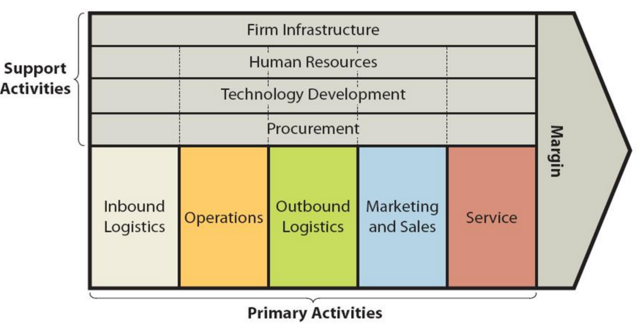
Starbucks value chain analysis is an analytical framework that assists in identifying business activities that can create value and competitive advantage for the global coffeehouse chain. Figure below illustrates the essence of value chain analysis. Starbucks Value chain analysis Starbucks Primary Activities Starbucks Inbound logistics Starbucks inbound logistics and supply chain was subjected to a dramatic restructuring in 2010 after Howard Schultz had returned to the role of CEO for the second time. The restructuring initiative of Starbucks inbound logistics involved simplification of supply-chain management and the creation of a single, global logistics system. Unroasted Arabica coffee beans are brought from Asia, Africa and Latin America to the US and Europe in containers via sea. Also, the coffee chain purchases green coffee beans from multiple coffee-producing regions around the world. These are delivered to one of the following regional roasting plants and distribution centres: Kent Flexible Roasting Plant – Kent, Washington. Augusta Roasting Plant – Augusta, Georgia. Sandy Run Roasting Plant – Gaston, South Carolina. York Roasting Plant and Distribution Center – York, Pennsylvania. Evolution Fresh Juicery – Rancho Cucamonga, California. Coffees are roasted and packaged and taken to dozens of central distribution centres around the globe. Along with coffees from regional distribution centres, central distribution centres also receive deliveries from vendors for a wide range of products starting from coffee machines to napkins. Central distribution centres make more than 70,000 deliveries per week to Starbucks 25,085 stores located in 75 countries.[1] The world’s largest coffeehouse chain also grows its own coffee. Since 2013 Starbucks has its first own 240-hectar coffee farm in PoasVolacno, Costa Rica.[2] Such a shift in the sourcing of products can increase the effectiveness of new product development initiatives for the business as the company will have a chance of experimenting with developing new sorts of…

Porter’s Five Forces analytical framework developed by Michael Porter (1979)[1] represents five individual forces that shape the overall extent of competition in the industry. Starbucks Porter’s Five Forces are represented in figure below: Porters Five Forces Threat of new entrants in Starbucks Porter’s Five Forces Analysis Threat of new entrants in international coffee chain industry is low. The following factors reduce the threat of new entrants for Starbuck’s industry within Porter’s Five Forces. 1. Market saturation. Coffee chain market is highly saturated and more so in developed countries. Market saturation implies an increase of a market share for a specific coffee house at the expense of a competitor. New entrants into the coffee house chain business find such a reality discouraging to enter the business and achieve long-term growth. 2. Access to distribution channels. New market entrants are going to face significant issues to access distribution channels because potentially attractive locations for coffee stores are already occupied by coffee chains, restaurants and retail outlets. It took Starbucks 36 years to reach its current status that comprises total more than 33800 company operated and licensed stores.[2] Similarly, other major players such as Costa, Caribou Coffee,McDonald’s, Dunkin Donuts, Pret-a-Manger have secured thousands of advantageous locations during the decades of operations. 3. Economies of scale. Establishing coffee house chains requires massive capital investments. It can prove to be highly challenging to secure investment to establish new business in this industry unless the business plan is based on previously untapped value proposition. Bargaining power of buyers in Starbucks Porter’s Five Forces Analysis Bargaining power of Starbucks buyers is significant. The following considerations need to be taken into account in this regard: 1. Abundance of choice. Customers can choose from a wide range of established coffee chains as well as local specialty coffee…

Starbucks marketing communication mix consists of communication channels to communicate the marketing message to the target customer segment. The most popular channels discussed below are print and media advertising, sales promotions, events and experiences, public relations and direct marketing. Starbucks Print and Media Advertising Starbucks advertising expenses totalled USD305.1 million, USD258.8 million and USD245.7 million in fiscal 2021, 2020 and 2019, respectively.[1] Print and media advertising represents the core of Starbucks marketing strategy and advertisements attempt to associate Starbucks brand with the superior quality and pleasing experience. Accordingly, messages communicated by Starbucks to the target customer segment via print and media advertising include the following: “Beware of Cheater Coffee. It Comes with a Price” “If Your Coffee Isn’t Perfect, We’ll Make It Over. If It’s Still Not Perfect Make Sure You Are in a Starbucks” “Starbucks or Nothing. Because Compromise Leaves Really Bad Aftertaste” Starbuck began to use social media and viral marketing much earlier than the majority of its competitors with the positive implications on the volume of its sales. Starbucks large social media campaign was launched back in 2009, when US-based customers were offered a free pastry via social media if they purchased a drink before 10:30 am. The marketing initiative announced via social media attracted about one million customers.[2] Noteworthy social media marketing campaigns launched by Starbucks include tweet @tweetacoffee, Blonde Roast, Pumpkin Latte, #TreatReceipt and others. Moreover, social media is adapted by Starbucks as an effective communication channel with customers to develop new products taking into account customer preferences and opinions. The global coffeehouse chain also uses celebrity endorsement as part of its print and media advertising extensively. The list of celebrities who promoted Starbucks include, but not limited to Taylor Swift, Ariana Grande, Rocky Lynch, Jamie Grace, Idina Menzel and Michael Bubble. Starbucks Sales…
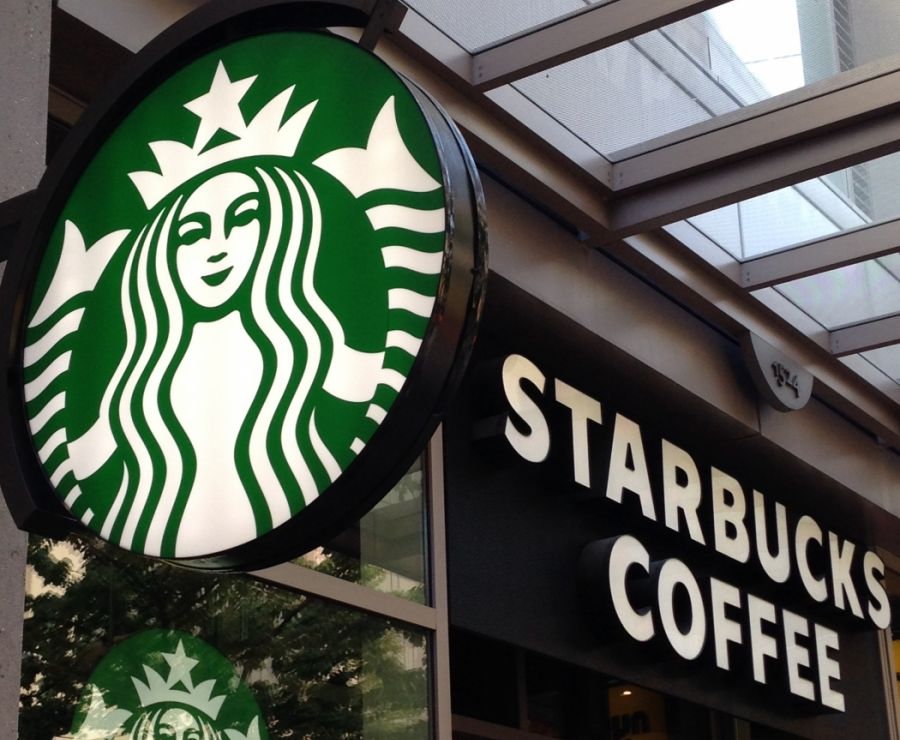
Starbucks 7Ps of marketing comprises elements of the marketing mix that consists of product, place, price, promotion, process, people and physical evidence as discussed below in more details. Product Element in Starbucks Marketing Mix (Starbucks 7Ps of Marketing) Starbucks sells coffee, tea and other beverages and a variety of fresh food items, including snack. In addition to its flagship Starbucks Coffee brand, the company sells products and services under the following brands: Teavana, Seattle’s Best Coffee, Evolution Fresh, Ethos, Starbucks Reserve and Princi. The global coffeehouse chain also sells merchandise products such as coffee- and tea-brewing equipment, Verismo® System by Starbucks, mugs and accessories, packaged goods, books and gifts. Starbucks products are known for high quality. Coffee is the main product sold by company and it sells more than 30 blends and single-origin premium coffees. Place Element in Starbucks Marketing Mix (Starbucks 7Ps of Marketing) Starbucks operates in 84 markets globally and its products can be purchased from the following places: 1. Company-operated stores. There were 17133 company-operated stores, which accounts for about 51% of total numbers of stores by the end of fiscal 2021.[1] Almost all company-operated stores are leased. Starbucks company-operated stores are usually located at high-traffic, high-visibility locations 2. Licensed stores. There were 16700 licensed Starbucks stores by the end of fiscal year 2021, representing about 49% of total numbers of stores.[2] The world’s largest coffeehouse chain offers customers the possibility to order online or through mobile app. Customers can explore the menu, customize their order according to their tastes and preferences and find nearest store location to collect their order. 3. Grocery and foodservice accounts. The world’s largest coffee retailer also sells its products via global leading supermarket chains such as Walmart, Tesco, Sainsbury’s and others. Only the most popular products such as Starbucks Espresso…
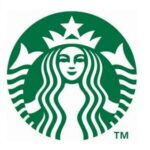
Starbucks segmentation, targeting and positioning comprise marketing decisions directed at identifying appropriate group of people among the general public as future customers for the business and targeting this segment via positioning products and services that resonates well with their needs and wants. In simple terms, segmentation, targeting and positioning refers to deciding whom to sell to, and positioning products and services accordingly. Starbucks Coffee uses the following types of positioning: – Mono segment positioning. The coffee chain giant targets premium customer segment only i.e. individuals who are willing to pay extra for the quality of products and services. – Adaptive positioning. Due to the tendency of increasing consumer health awareness, Starbucks Coffee developed coffee beverages with less calories such as Chai Tea Latte (103 calories) Caffe Misto (63 calories) and Iced Americano (11 calories). – Standby positioning. Certain Starbucks beverages such as Frappuchino had to await changes in the market for certain period of time to find demand. – Sustainability positioning. The world’s largest coffeehouse chain attempts to shift customer attention to sustainability aspect of its business. For example, by the end of FY21 there were 2779 Greener Store framework Starbucks branches[1]. This store format aims to achieve reductions in carbon emissions, water usage and landfill waste. The following table illustrates Starbucks segmentation, targeting and positioning: Type of segmentation Segmentation criteria Starbucks target customer segment Geographic Region US, Canada, Latin America, Europe, Middle East, Africa, China and Asia Pacific region Density Urban Demographic Age 18 – 60 Gender Males & Females Life-cycle stage Bachelor Stage young, single people not living at home Newly Married Couples young, no children Full Nest I youngest child under six Full Nest II youngest child six or over Full Nest III older married couples with dependent children Occupation Students, employees, professionals Behavioral Degree of loyalty ‘Hard core loyals’…

Starbucks marketing strategy is based on the following principles: 1. Focus on product and place elements of the marketing mix. Marketing mix comprises 7 elements – product, place, price, promotion, process, people and physical evidence. Businesses choose to concentrate on one or two elements as their sources of competitive advantage according to their business strategy. Accordingly, Starbucks marketing mix focuses on product element through offering foods and beverages of high quality and providing respective level of service. Place element of the marketing mix represents an additional source of Starbucks competitive advantage in a way that stores are usually located at high-traffic, high-visibility locations. 2. Customer segmentation and targeting premium customer segment. The world’s largest coffee retailer targets males and females from middle and upper class who can afford expensive prices of Starbuck products for regular consumption. The company uses mono-segment, adaptive and standby product positioning techniques in order to appeal to the needs and wants of the target customer segment. 3. Integrated application of multiple marketing communication channels. Starbucks marketing communications mix utilises a number of marketing communications channels such as print and media advertising, sales promotions, events and experiences, public relations and direct marketing in an integrated manner to communicate the marketing message to the target customer segment. 4. Consistent increase of the marketing budget to implement the above measures and initiatives. Starbucks has been consistently increasing its marketing budget for a number of years. Starbucks marketing expenses totalled USD305.1 million, USD258.8 million and USD245.7 million in fiscal 2021, 2020 and 2019, respectively. The Seattle-based coffee chain spends this budget to communicate its marketing message to the target customer segment in creative ways. 5. Extensive use of celebrity endorsements. Efficient use of celebrity endorsement is one of the cornerstones of Starbucks marketing strategy. The world’s largest coffeehouse chain…
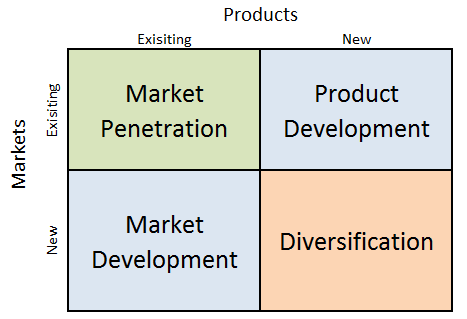
Starbucks Ansoff Matrix is a marketing planning model that helps the multinational chain of coffeehouses to develop its product and market strategy. Ansoff Matrix focuses on four different strategy options businesses can use. These are market penetration, product development, market development and diversification. Ansoff Growth Matrix Starbucks uses all four growth strategies within the scope of Ansoff Matrix. 1. Market penetration. Market penetration refers to selling existing products to existing markets. Starbucks usually has the largest share in the majority of markets it operates. The world’s largest coffeehouse chain relies on its integrated marketing strategy to pursue market penetration strategy. Specifically, the Seattle-based coffee chain effectively positions itself as a third place away from work and home. 2. Product development. This strategy implies developing new products to sell to existing markets. The global coffeehouse chain pursues product development strategy aggressively. The company sells many variations of coffee, tea and other beverages and a variety of fresh food items, including snack under the brand names of Starbucks, Teavana, Seattle’s Best Coffee, Evolution Fresh, Ethos, Starbucks Reserve and Princi. 3. Market development. Market development strategy is associated with finding new markets for existing products. It is one of the main growth tools actively used by Starbucks Corporation. Started with only one coffee shop in Seattle’s 1912 Pike Place in 1971, the company has expended into 84 markets with 17133 company-operated stores and 16700 licensed stores as of October 3, 2021.[1] 4. Diversification. Diversification involves developing new products to sell to new markets and this is considered to be the riskiest strategy. The world’s largest coffeehouse chain engages in diversification sparingly. Rare occasions of diversification by Starbucks include selling CDs with own musical compilations. Starbucks Corporation Report contains the above analysis of Starbucks Ansoff Matrix. The report illustrates the application of the…
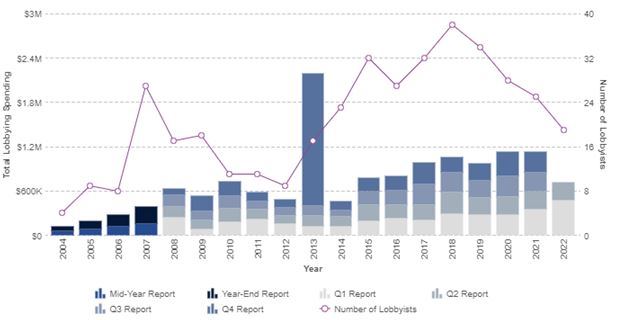
PESTEL is a strategic analytical tool and the acronym stands for political, economic, social, technological, environmental and legal factors. Starbucks PESTEL analysis involves an analysis of potential impact of these factors on the bottom line and long-term growth prospects. Political Factors in Starbucks PESTEL Analysis Starbucks sales are affected by a wide range of political factors, directly and indirectly. The patterns of sourcing raw materials have evolved into a significant political factor that affects the business in a direct manner. Specifically, nowadays it has become compulsory for Starbucks and other global businesses to engage in sourcing of raw materials complying to environmental and social norms that are becoming stricter. Neglecting such norms intentionally or unintentionally are likely to cause political pressure on the business. Starbucks performance can also be affected by the level of relationships between the USA and countries that produce coffee beans, as well as, countries where Starbucks operates. Additional political factors affecting the business include political stability in the country, the impact of home market lobby groups and a wide range of non-government organizations. Labour Union Issues Labour unionisation can be mentioned as a stark political factor within PESTEL analysis of Starbucks. The coffee chain has ongoing issues with unionisation of its workforce for many years, but this problem escalated last year with increasing numbers of employees willing to join unions. This was one of the main reasons for the return of Howard Schultz as CEO for the third time. The world’s largest coffeehouse chain strongly opposes unionisation of its workforce and occasionally engages in contradictory practices to express its opposition. For example, in May 2022 the company announced a pay raise for all non-unionized workers and in August 2022 Starbucks sent formal complain to National Labour Relations Board (NLRB) questioning the fairness of the…
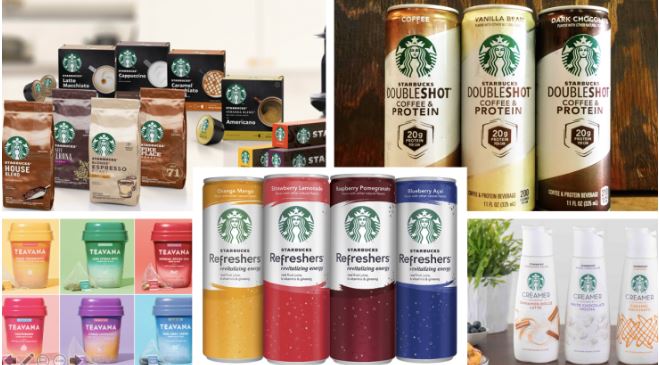
SWOT is an acronym for strengths, weaknesses, opportunities and threats related to organizations. The following table illustrates Starbucks SWOT analysis: Strengths 1. Extensive, but focused brand portfolio 2. High profit margin and solid financial position 3. Market leadership in the global scale 4. Customer services and brand positioning 5. Increasing presence in emerging economies Weaknesses 1. Overly dependence on the US market 2. Overly expensive prices 3. Brand image weakened due to a number of incidents 4. Extensive dependence of revenues on Arabica coffee beans price 5. Imitable products and competitive advantage Opportunities 1. Diversification of business 2. Increased focus on organizational ethical behaviour 3. Entering into strategic cooperation 4. Reforming the pricing structure 5. Increasing focus on mobile ordering Threats 1. Leadership failure by new CEO Laxman Narasimhan 2. Dramatic increase of coffee beans costs 3. Decline in consumption of coffee due to health concerns 4. Emergence of direct and indirect competition 5. Disruption in supply-chain Starbucks SWOT Analysis Strengths in Starbucks SWOT Analysis 1. Starbucks Corporation maintains an extensive, yet highly focused brand portfolio. At the same time, all brands belonging to Starbucks portfolio including Teavana, Tazo, Seattle’s Best Coffee, Evolution Fresh, La Boulange and Ethos are popular drinks and beverages of premium class. The company also sells merchandise products such as coffee- and tea-brewing equipment, Verismo® System by Starbucks, mugs and accessories, packaged goods, books and gifts. Starbucks is able to apply its competitive advantage and extensive experience in the promotion and sales towards each product within its portfolio thanks to the shared features of these products associated with high quality for a premium price. 2. In fiscal year 2021 Starbucks generated consolidated revenues of USD 29,1 billion an increase of 24% compared to the previous year. The global coffeehouse chain enjoyed a…
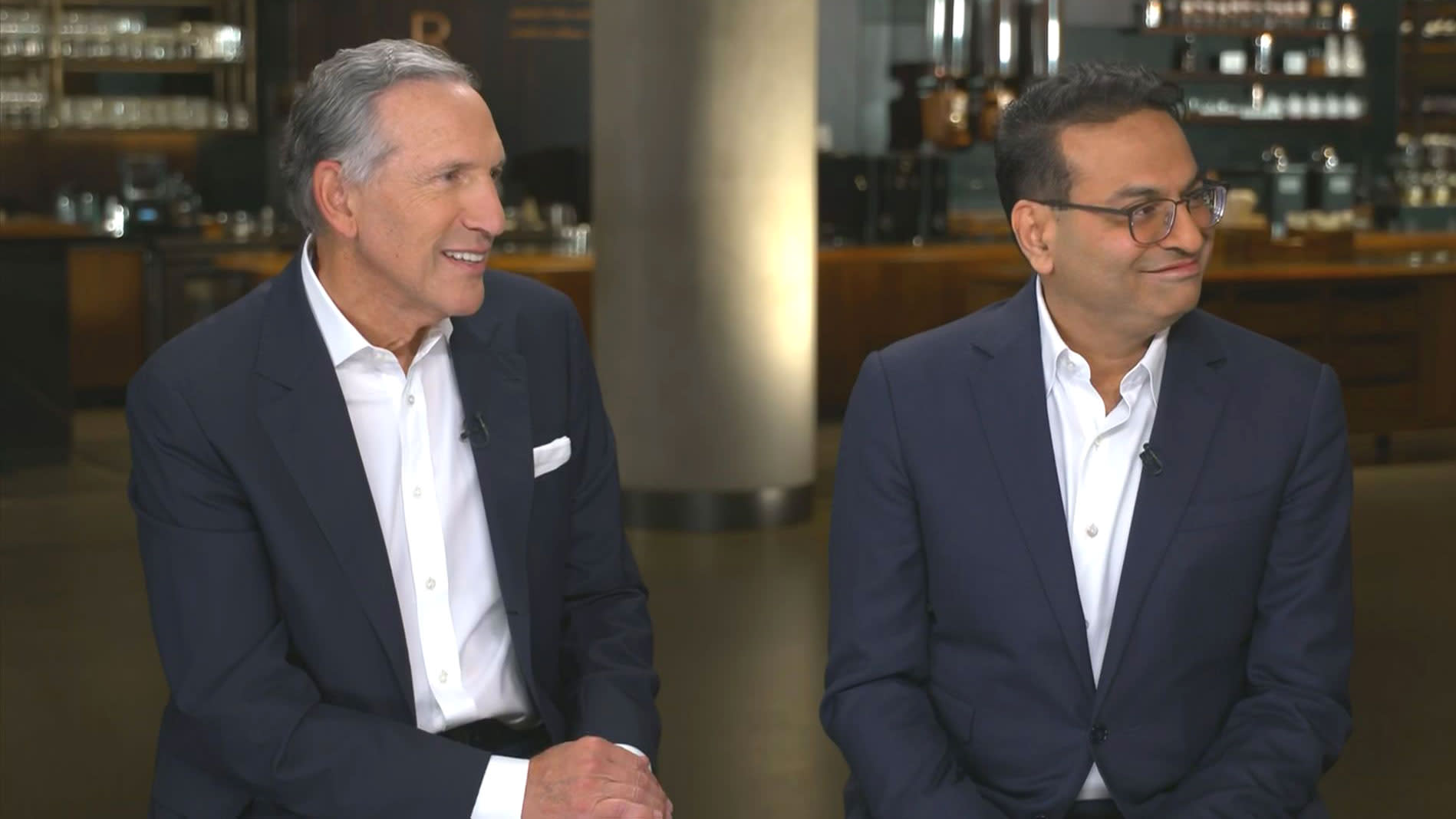
Howard Schultz has been at the helm of Starbucks leadership for more than two decades in total. He is rightly credited for making the business the world’s largest coffee retailer with 17133 company-operated stores and 16700 licensed stores in 84 markets employing 254,000 people.[1] On June 2000 Howard Schultz stepped down and assumed a new position as chief global strategist to focus on international expansion in general and expansion in China in particular. New internally promoted CEO Orin Smith oversaw store count to increase to 10000 locations with more than USD 5 billion annual sales. However, at the same time Starbucks market share at US decreased due to increased competition from McDonald’s, Dunkin’ Donuts and other competitors. Schultz returned at the helm of Starbucks leadership as CEO on January 2008 in the middle of global financial crisis to replace Jim Donald, who had succeeded Orin Smith in 2005. After a series of massive changes such as closing many underperforming stores, re-training employee and enforcing fair trade in coffee supply-chain, Schultz stepped down as CEO for the second time and became executive chairman. Kevin Johnson was appointed as a new Starbucks CEO effective from April 2017. Kevin Johnson admitted having ‘venti-sized shoes to fill” referring to successful leadership by Howard Schultz. At the same time, the new CEO stated “I’m not going to fall into the trap of trying to be Howard. I’m going to be authentic to who I am as a person and who I am as a leader”[2]. Howard Schultz returned for his third stint as CEO on April 4, 2022. This time the role was interim CEO until more suitable person is found. The main reason for his latest return was to actively block attempts by baristas to form unions. In September 2022, former CEO of Reckitt Benckiser…
